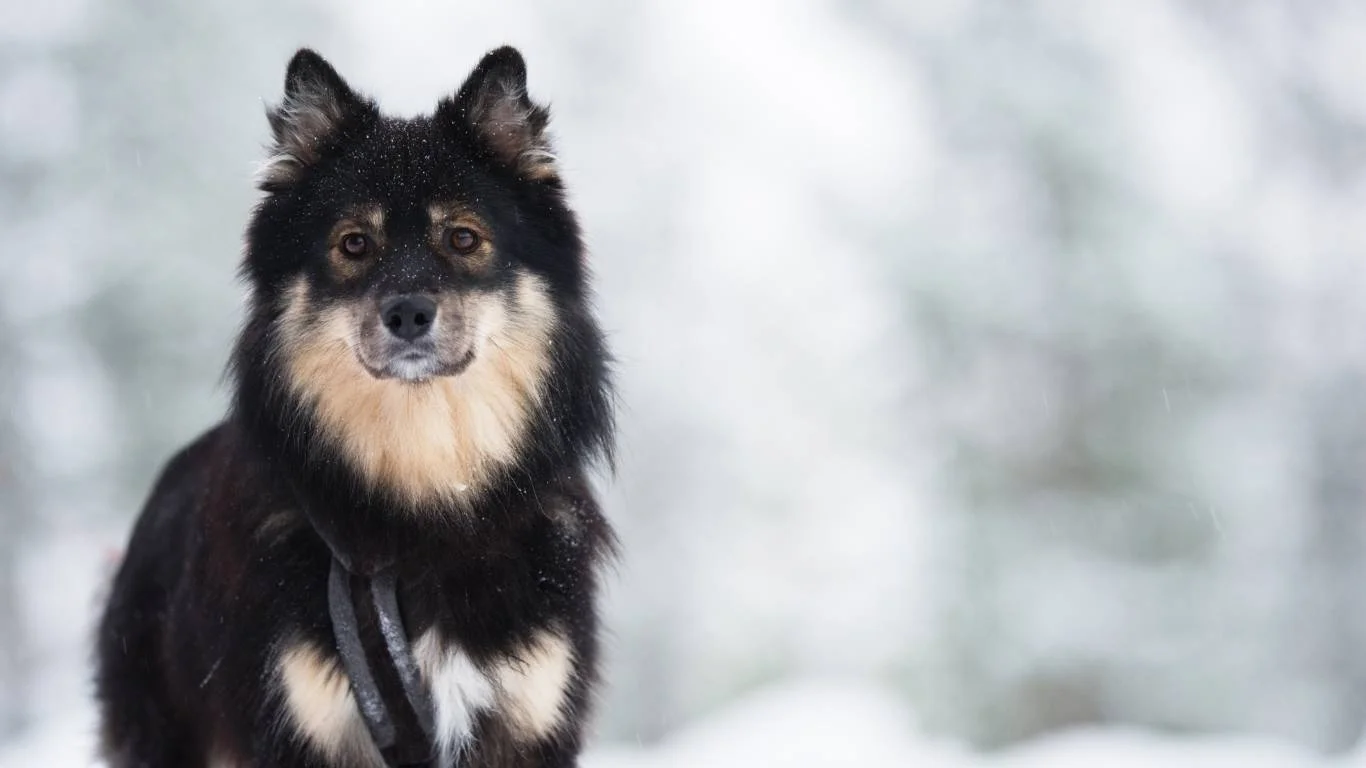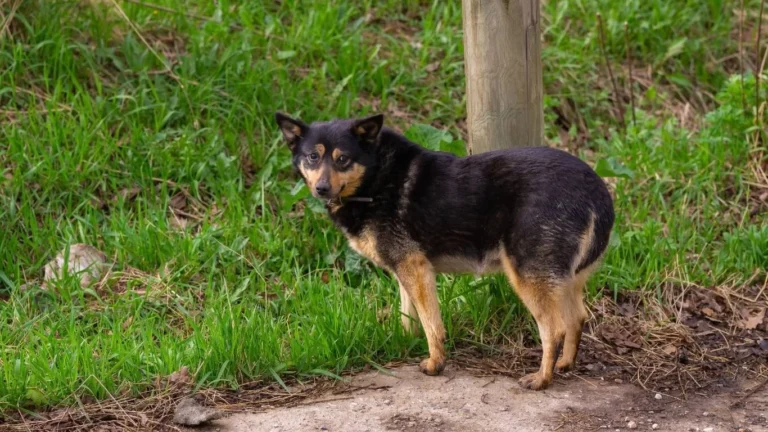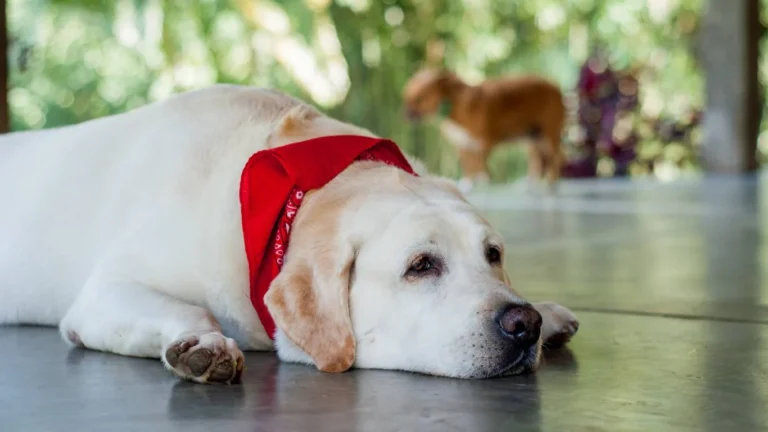Powerful Ways to Prevent Arthritis in Large Dog Breeds Naturally
If you’re anything like me—someone who’s spent years treating patients and caring for large dog breeds at home—you’ve probably wondered how to prevent arthritis in large dog breeds before the signs even start creeping in. I’ve seen way too many big pups, especially those gentle giants like Great Danes, Labs, and Mastiffs, slow down too early in life because their joints just can’t keep up with their size. And trust me, it’s not just heartbreaking for the dog—it’s hard on the whole family. The good news? With a little planning and a few lifestyle tweaks, we can actually do a *lot* to help our big dogs stay active, mobile, and pain-free well into their senior years.
Understanding the Unique Joint Challenges in Large Dog Breeds
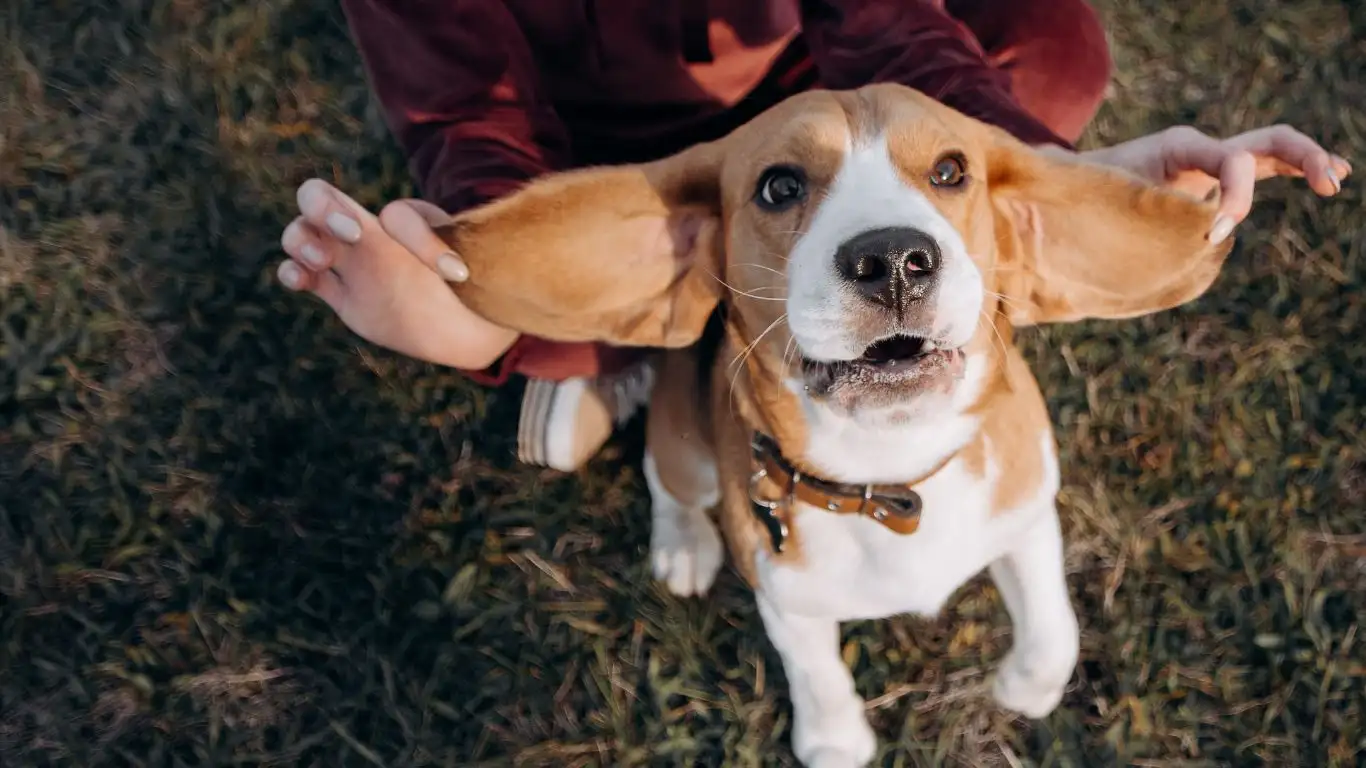
One of the first things I talk about with dog parents in my clinic is the sheer impact of size. Large breeds put more weight and stress on their joints—especially the hips, elbows, and knees—than smaller breeds. Even when they’re just trotting around the yard, that extra poundage creates wear and tear over time. Combine that with genetics, and boom—arthritis can start sneaking in sooner than you think.
What makes this worse? Rapid growth in puppyhood. I’m talking about those extra-big paws on a 3-month-old Saint Bernard that hint at how massive they’ll become. That rapid weight gain can outpace healthy joint development if we’re not careful about nutrition and exercise.
Signs Your Dog Might Be Headed Toward Arthritis
Here’s what I tell folks to look out for—these aren’t always obvious, especially in the early stages:
- Stiffness after naps or in the morning
- Reluctance to go up stairs or jump into the car
- Subtle limping or favoring one leg
- Less enthusiasm for walks or fetch
- Whimpering or licking joints after play
If you’re noticing any of these things, even just occasionally, it’s worth taking a closer look—and the earlier, the better.
Start With the Basics: Nutrition is Everything

When people ask me how to prevent arthritis in large dog breeds, the very first thing I bring up is food. What you feed your dog can literally build (or break down) their joints over time. Large breed puppies, especially, need a formula that supports slow, steady growth. Too many calories or the wrong kind of calcium-phosphorus balance can throw everything out of whack.
For adult dogs, think anti-inflammatory. Here are some things I personally like to recommend to clients and use with my own dogs:
- Omega-3 fatty acids: Salmon oil or fish-based formulas help reduce inflammation and support joint lubrication.
- Glucosamine & chondroitin: These supplements can help rebuild cartilage and reduce stiffness over time.
- Turmeric (curcumin): A natural anti-inflammatory that can be added in small doses under vet guidance.
- Lean proteins: Helps maintain strong muscles to support the joints. Think chicken, turkey, or even cooked fish.
I’ve got a German Shepherd at home—his name’s Diesel—and I started him on joint-friendly food at just six months old. He’s six now and still acts like a pup on most days.
Exercise Smart, Not Hard

Now, exercise is another area where it’s easy to go wrong. I totally get the urge to let your big dog run wild at the park or chase balls until they drop. But when we’re talking long-term joint health, controlled movement is way more valuable than high-impact romps.
Best Types of Exercise for Joint Protection
- Swimming: This one’s a winner—no joint impact and great full-body workout. If you have access to a dog-friendly pool or lake, use it often.
- Leash walks: Daily walks are great, but keep the pace steady and the terrain even. Hills and stairs? Use them sparingly, especially for dogs showing early stiffness.
- Balance training: Simple exercises using cushions or wobble boards can help build muscle and proprioception around the joints.
With my own patients, I’ve seen incredible results from adding just 10 minutes of low-impact movement each day. One of my clients, a sweet old Lab named Toby, went from struggling to get up to trotting around the yard again—just by adjusting his exercise routine and adding joint supplements.
What to Avoid
- Don’t let puppies jump from furniture or navigate steep stairs—that pressure on growing joints is just too risky.
- Avoid long-distance running or repetitive fetch sessions, especially on concrete.
- Skip the dog parks if your pup tends to roughhouse hard. Those sudden stops, spins, and tackles? Not great for joint longevity.
The goal here is longevity, not athleticism. Keeping your big buddy moving comfortably for years to come is way more rewarding than a short burst of high-intensity play that sets them back.
Weight Management: The Underrated Secret Weapon
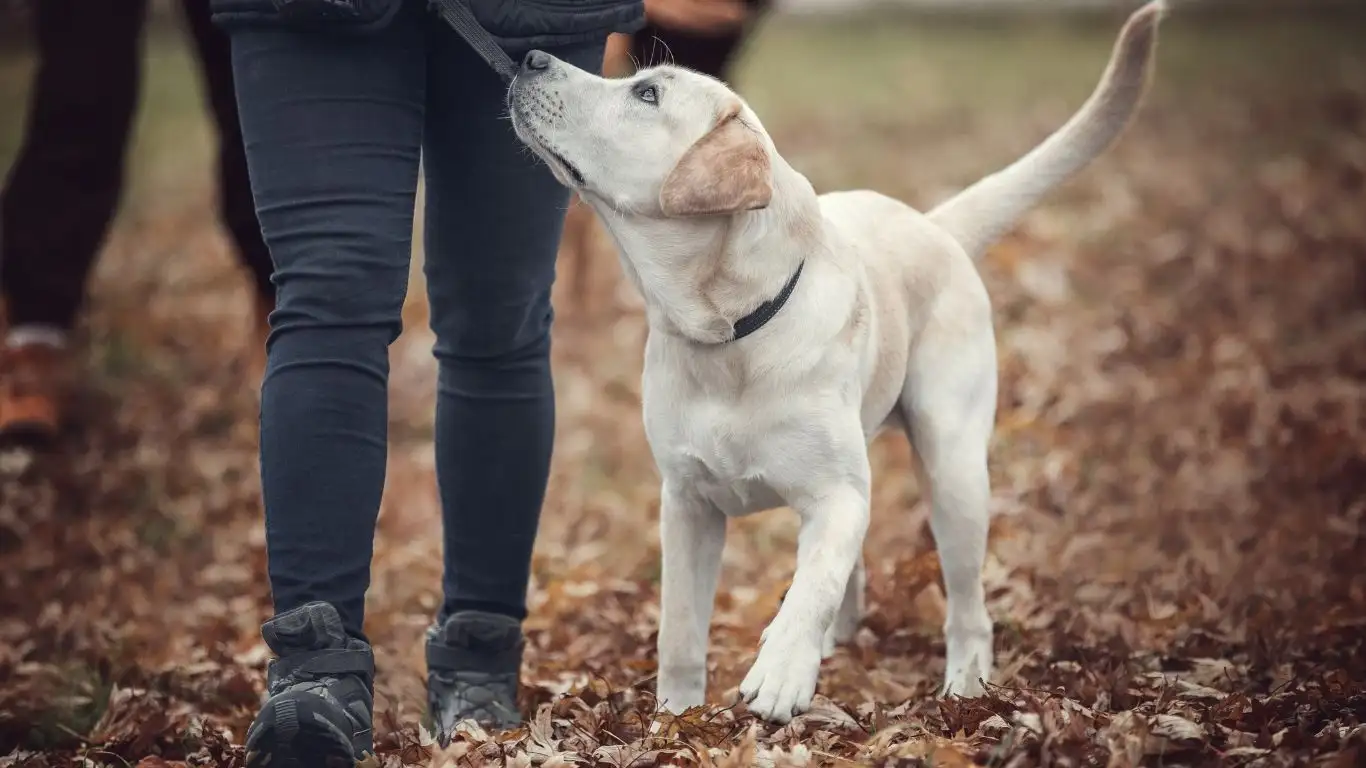
Let’s be real—no matter how many supplements or fancy joint chews you give, none of it will matter if your dog is carrying extra weight. I can’t tell you how many times I’ve seen early arthritis signs that could’ve been prevented just by keeping a dog at a healthy weight. It’s honestly one of the most powerful tools we have when figuring out how to prevent arthritis in large dog breeds.
I remember a patient named Max, a lovable (and very round) golden retriever who waddled into my clinic at 120 pounds. His joints were screaming for help. After working with his owner on portion control and switching to a high-fiber weight management formula, Max dropped 15 pounds over six months—and the difference? Night and day. He started playing fetch again and even got back to hiking trails.
Tips for Maintaining a Healthy Weight
- Stick to a consistent feeding schedule—no free feeding.
- Measure food with a cup, not by eye (yes, it matters!).
- Choose low-calorie treats or use healthy snacks like baby carrots or green beans.
- Incorporate slow-feeder bowls to reduce overeating and bloat risks.
It’s not about starving your dog—it’s about fueling them wisely and giving their joints the best shot at longevity.
Home Environment Tweaks That Make a Big Difference
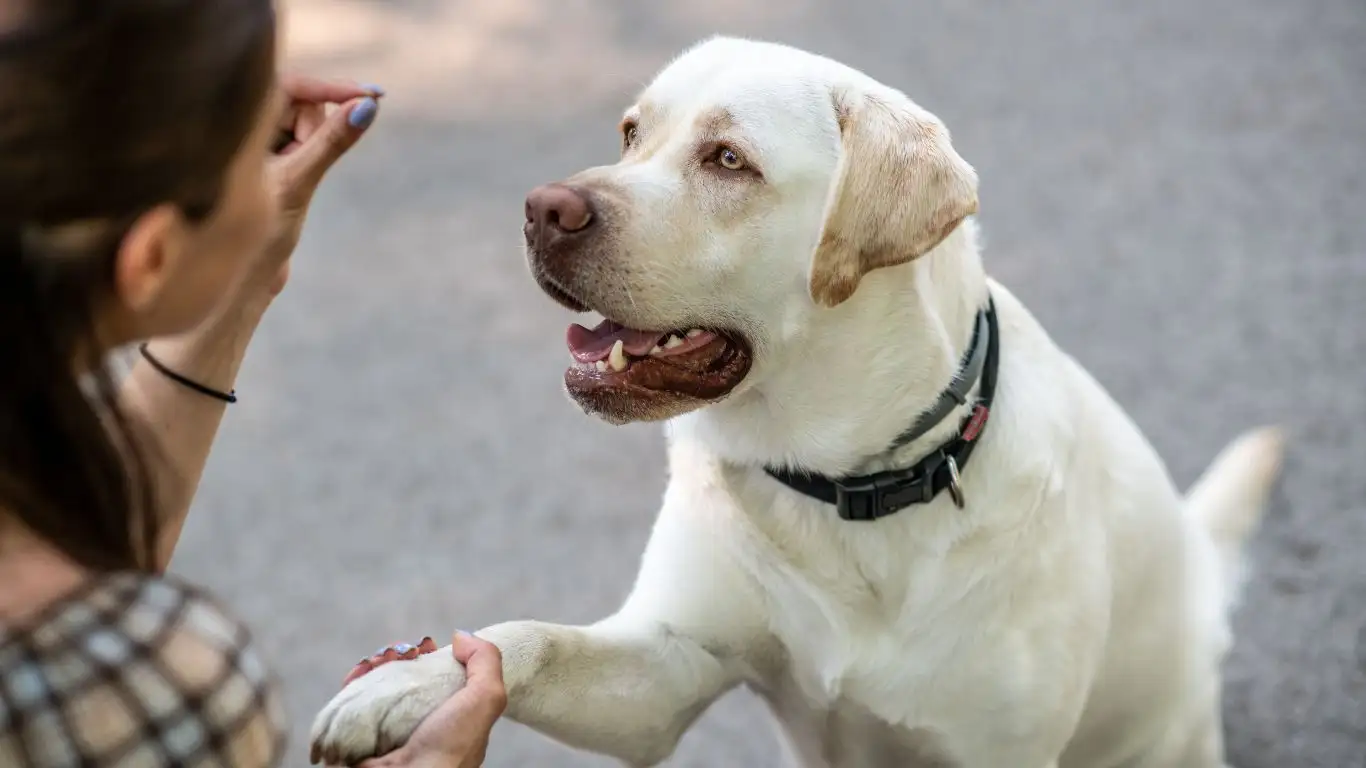
This might not be the first thing people think about, but the layout of your home can either support or sabotage your dog’s joints. As someone who lives with a giant breed (my girl Nala, a Bernese Mountain Dog, weighs in at 95 pounds), I’ve had to get creative with how to make my space joint-friendly.
Easy At-Home Arthritis Prevention Hacks
- Use ramps or stairs: Let’s save those hips and elbows—set up ramps for getting in the car or onto furniture instead of letting them jump.
- Orthopedic dog beds: Look for memory foam beds with good support. Cold, hard floors don’t do those big joints any favors.
- Non-slip flooring: If you’ve got tile or hardwood, toss down rugs or runners so they don’t slip and strain a joint trying to catch themselves.
- Keep things accessible: Move food bowls, beds, and toys to ground level so they don’t have to stretch or jump awkwardly.
I can’t tell you how many times clients come back saying, “I didn’t realize how much easier life got once we made those changes.” It’s small stuff that adds up.
Don’t Skip the Vet—Preventive Care is Powerful

Alright, here’s where I get up on my soapbox for a sec. Regular vet visits aren’t just about vaccines or heartworm tests—they’re our opportunity to catch early signs of joint issues before they become major problems. As someone who manages hypertension in humans every day, I can tell you: prevention is always, always cheaper and easier than treatment.
What to Discuss With Your Vet
- Baseline joint assessments: Even if your dog is young and active, it helps to have a baseline for future comparison.
- Bloodwork and supplements: Certain conditions or deficiencies can make arthritis worse. Omega-3s, joint-support chews, or prescription diets might be recommended depending on your dog’s breed and age.
- Vaccinations + parasite control: These protect against diseases that could sideline your dog’s mobility or overall health.
I always recommend twice-a-year checkups for large breeds, especially after they hit age 5. It might sound like overkill, but you’ll thank yourself later when you catch a limp or stiffness before it becomes a full-on flare-up.
Mind Matters: Mental Health and Joint Health Go Hand in Hand
This one might sound a bit unexpected, but I’ve noticed something over the years—dogs who stay mentally stimulated tend to stay physically active longer too. Think about it: when your dog is engaged, curious, and mentally sharp, they move more, they interact more, and they’re less likely to mope around the house (which leads to weight gain and muscle loss).
Brain Games That Help Keep Big Dogs Mobile
- Snuffle mats: Great for sniffing and problem-solving.
- Puzzle feeders: Combine meal time with brain time.
- Basic training refreshers: Reinforce sit, stay, and heel commands to keep your dog mentally sharp and physically engaged.
- Scent work or nose games: These are low-impact but very stimulating for dogs who love to sniff.
With my Bernese, Nala, we do “find the treat” games every evening after dinner. It’s such a simple thing, but it keeps her moving and alert. Plus, she gets excited every time we start. And honestly, I do too—it’s one of our favorite bonding rituals.
Gentle Exercise: The Sweet Spot Between Active and Overworked
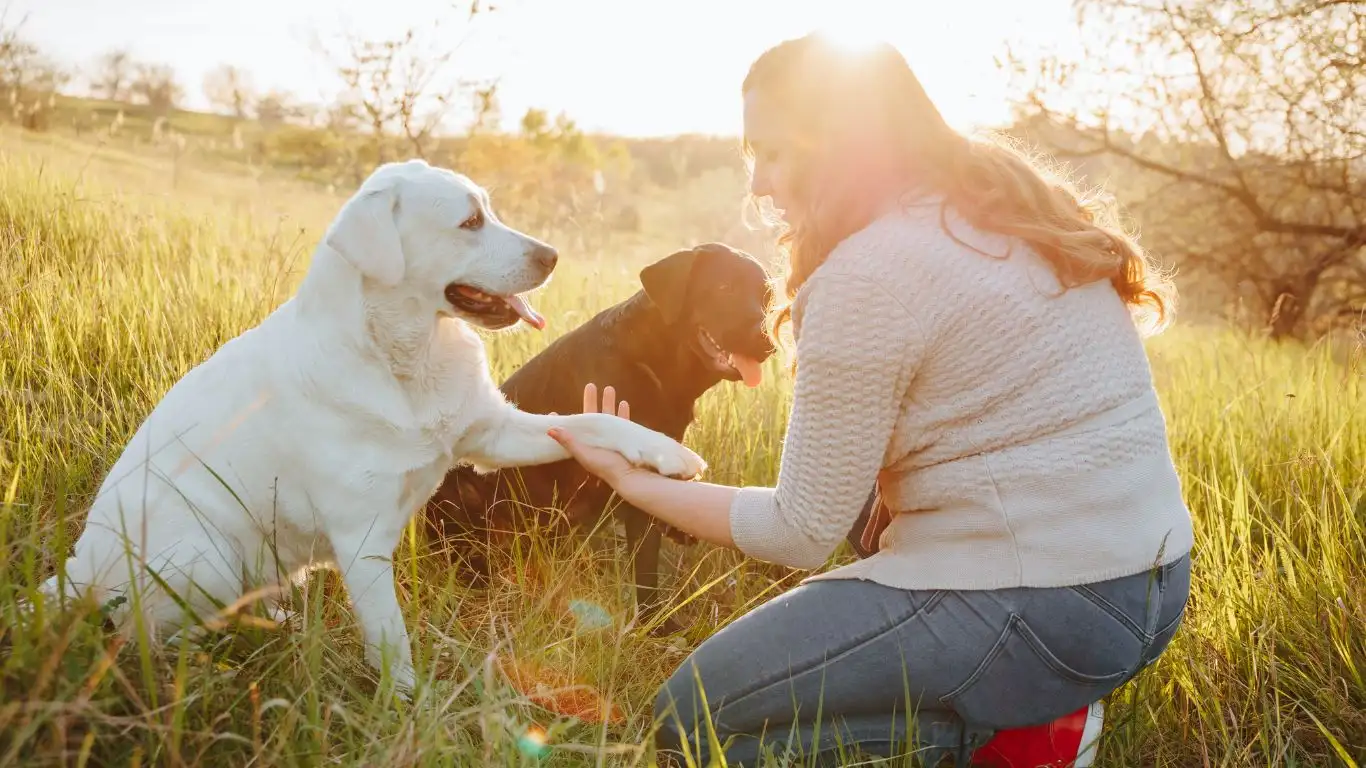
One of the biggest myths I run into? That large dogs shouldn’t exercise much because it “wears out their joints.” That’s actually backwards. The right kind of movement—controlled, consistent, and low-impact—is one of the best things you can do if you’re serious about how to prevent arthritis in large dog breeds.
Think swimming, leash walks on soft trails, and short play sessions. With my dog Nala, we skip the high-impact games like fetch on pavement and instead opt for woodland trails where the ground gives a little under her paws. It’s way easier on her joints and still keeps her muscles engaged and strong.
Low-Impact Exercises That Support Joint Health
- Swimming: If your dog’s into water, this is pure gold for joint care—resistance without pressure.
- Leash walking: Not only does it get them moving, but it also strengthens supporting muscles around joints.
- Canine physical therapy: Yup, that’s a thing! Many rehab centers now offer hydrotherapy or guided mobility exercises for dogs.
- Hill walks: Walking uphill (gently) helps strengthen the back legs, which are often the first to show signs of arthritis.
The key is consistency over intensity. A 20-minute walk every day will always beat one big run once a week when it comes to joint longevity.
Supplements and Joint Support: Worth the Hype?

I get this question all the time in my practice and even from fellow dog parents: “Do joint supplements actually work?” And the honest answer is—it depends. They’re not a magic bullet, but in combination with a solid lifestyle routine, they can absolutely help support cartilage health and reduce inflammation.
I personally use a glucosamine-chondroitin supplement for Nala, along with Omega-3s from fish oil. The difference isn’t overnight, but after a couple months, I noticed she was getting up faster and seemed less stiff in the mornings. And from a physician’s point of view? Those omega-3s do double duty for heart health, too.
Top Joint-Friendly Supplements to Ask Your Vet About
- Glucosamine + Chondroitin: Helps with cartilage repair and reduces joint pain over time.
- Omega-3 fatty acids (EPA & DHA): Anti-inflammatory and heart-healthy.
- Green-lipped mussel: Natural anti-inflammatory shown to help reduce pain in arthritic dogs.
- Turmeric (curcumin): Some early research suggests anti-inflammatory properties, but talk to your vet about dosage.
Just a reminder: not all supplements are created equal. Look for veterinarian-recommended brands, and always check for third-party testing. What works for one dog may not work for another, so don’t be afraid to tweak the approach as needed.
Know the Early Signs—Because Prevention Starts With Awareness
One of the things I stress with both my human and canine patients is this: catching issues early gives you more options. Arthritis in big dogs often starts slow, and if you’re not watching closely, it’s easy to write off signs as “just getting older.”
But trust me, if your dog suddenly hesitates before hopping in the car, avoids stairs they used to fly up, or just doesn’t seem as eager to go for walks—that’s your cue to dig a little deeper. And earlier intervention means less pain down the road (and fewer expensive treatments).
Subtle Red Flags That Might Signal Joint Issues
- Stiffness after rest: Especially in the morning or after naps.
- Limping or favoring a leg: It might come and go at first.
- Behavioral changes: Some dogs get grumpy or withdrawn when they’re hurting.
- Loss of muscle mass: Particularly in the hind legs.
- Struggling with stairs or jumping: One of the earliest signs I usually notice in clinic visits.
If you catch these signs early and act on them—whether with better weight control, vet support, or home modifications—you can seriously extend your dog’s comfort and mobility for years.
Final Thoughts from a Physician Who’s Also a Dog Mom
Preventing arthritis in large dog breeds is really about building habits early, staying observant, and being proactive. As a physician, I’m wired to look at long-term outcomes—and as a dog parent, I want my girl to live her best life, pain-free, for as long as possible.
This journey isn’t about perfection. You’re gonna have days where walks get skipped or maybe the treat bag gets opened a little too often. Been there. But if you can keep these key pillars in mind—movement, nutrition, vet care, and mental health—you’re already giving your dog a huge head start.
Helpful References
Disclaimer
This article is for informational purposes only and does not replace professional veterinary advice. Always consult with your veterinarian before making significant changes to your dog’s health routine, especially regarding supplements, diet, or new treatments.
